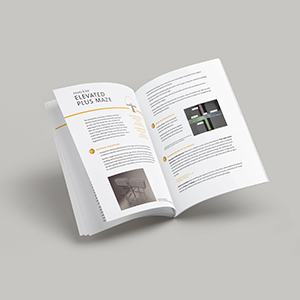The impact of handling technique on rodent welfare and scientific accuracy
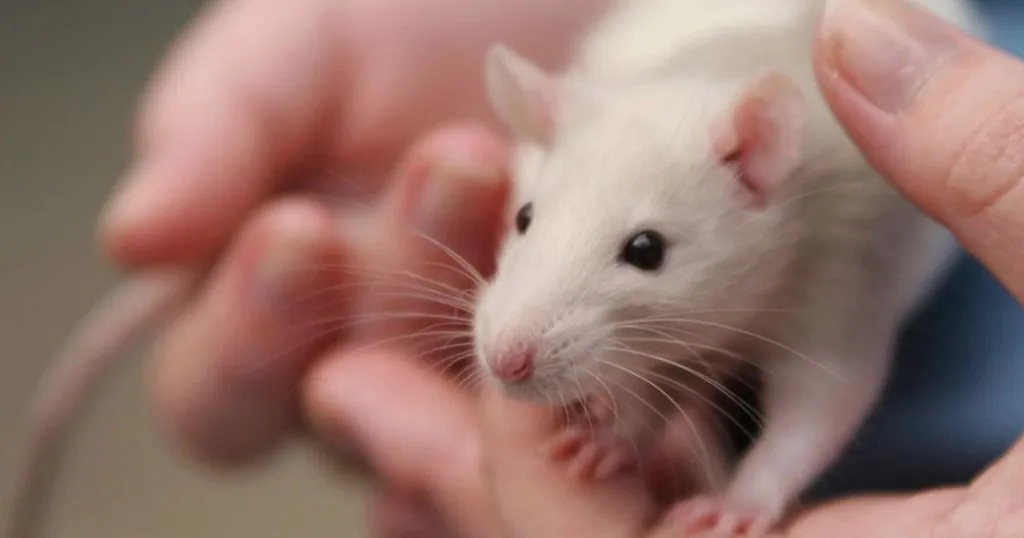
Proper handling technique is essential in not only ensuring welfare, but also for reliable results. Check out this blog to learn more about how to handle rodents in an experimental setting!
Posted by
Published on
Thu 15 Jun. 2023
Topics
| Behavioral Research | CatWalk XT | Methods And Techniques | Social Interaction |
Ensuring welfare in laboratory animals is an essential part of keeping animals for research purposes. One major part of this is the interaction an animal has with caretakers and experimenters. Incorrect handling of the animals causes stress, which in turn may affect research outcomes.
Therefore, it is important to educate experimenters on the correct handling of animals, and know the effect that different techniques can have on research outcomes. In this blog we will explore the impact of different techniques, their pros and cons, and how this can impact your research by looking at an example study.
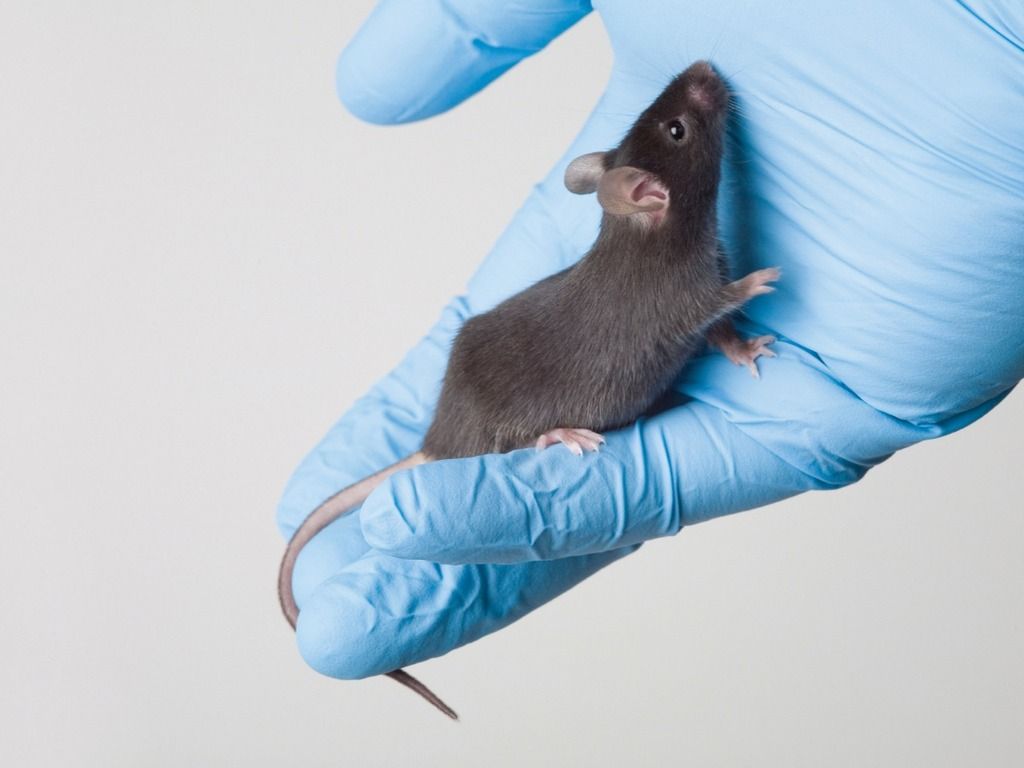
The pros and cons of different types of handling techniques
Many different handling techniques exist, but there are three that seem to be the most prevalent in research with mice. These are tunnel handling, cupping and picking up the animal at the tail base. While, picking up the tail has been the most used method in the past, it also runs the risk of inducing anxiety in the rodents. Furthermore, using the tail grabbing method while not grabbing the tail base, or supporting the body of the mouse causes discomfort.
Fortunately, more techniques exist to make the handling less stressful for the animal. In mice, tunnel handling can be used to guide into a plastic tube. A major advantage of- this method is that the tube can be placed in the cage. This will enable the animal to familiarize itself to the object. Habituation to the object will reduce stress and make handling easier. Tunnel handling is good method for moving animals between environments. However, while in the tunnel it is more difficult to investigate the animal or perform interventions.
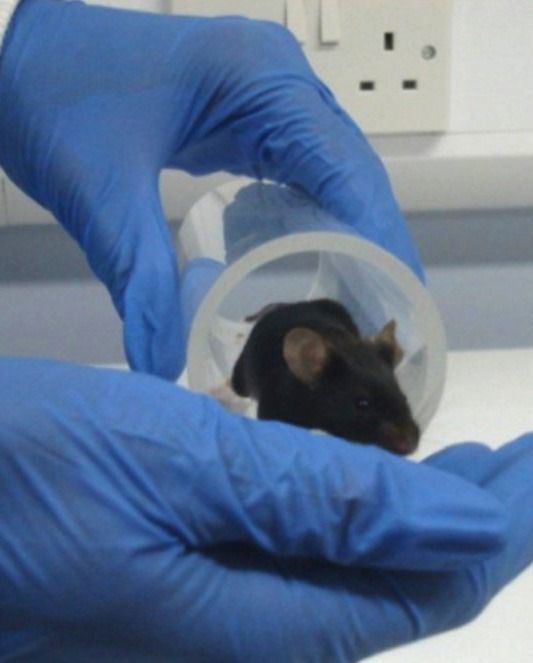
Lastly, cupping the hands and letting the animal sit or walk across the open hands is method that can reduce stress compared to using tail handling. The mouse is unrestrained while performing this technique which is the reason anxiety is reduced. However, this method requires familiarization to the handler’s hands, which is more time consuming for the experimenter than acclimatizing an animal to a tunnel.
In conclusion, while many techniques exist, it is important to weigh the pros and cons in the context of your specific research needs. It is essential to be aware of benefits and effects reduced anxiety has on your research and to report on the methods used to improve repeatability of your study. You can read more about these research methods, and best practices in our e-book linked below!
How tickling rats can improve your research
We talked about how certain handling techniques can reduce anxiety. In rats, there is another method to reduce the stress, rat tickling. Rat tickling was first developed in 1999 by Dr Jaak Panksepp. This method simulates play fighting behavior, which is a natural occurring behavior in rats. Rats also perform many positive high-pitched vocalizations while being tickled by rats or humans, which is an indicator for a positive affective state.
Rat tickling has been used over the years to reduce anxiety in rats while they are being handled by the experimenter. By performing tickling the rat will be less aversive to the hand of the observer and also be less stressed after procedures like injections [1].

source: Gaskill lab via www.projectbrainlight.org/blog/rat-tickling
How do you tickle rats?
Rat tickling works by first engaging in dorsal contact (which is also how most of play fights start in rats) and then moving to the so-called pin. To perform the pin, you lift the rat up and put it on its back, restraining it for approximately 3 seconds. After this, the rat is released and the motion can be repeated. Research shows that 15 seconds of tickling is more than sufficient to gain the benefits from the technique, as long as it’s done for multiple days before certain procedures, like marking or injections, are going to be performed. It is important to note that tickling works best when the animal is young and hasn’t had much contact with humans. Tickling builds a bond between the rat and human, and if the rat is already aversive to humans, rat tickling might actually have a negative effect.
Tickling might sound time consuming or laborious, but the benefits are numerous. Not only are the tickled rats less stressed, and thus less affected by stress, they are also easier to handle. This will in turn save time and improve the welfare of your animals. If you want to learn more about rat tickling or learn how to do it, I advise watching this webinar by Dr Megan LaFollette. She explains more in depth the methods and do’s and don’ts of rat tickling.
The role of experimenter familiarization on mouse behavior
Recently a study was performed that look at the influence of (amongst other things) experimenter familiarization on the symptoms of chronic pain [2]. Segelcke et al. exposed groups of mice to varying housing and other conditions. They measured the stress levels in the rats by fecal corticosterone levels and correlated that to the mice physiological ability during behavioral and gait observations.
Mice were familiarized to the experimenter by exposing them to the gloved hand. The mice were allowed to explore the hand and climb onto it. This was done twice a week for 5 minutes per mouse. The researcher used the previously mentioned cupping method for most of the handling. However, when placing the mice into a maze or enclosure the tail base method was used.
Using the CatWalk XT for gait analysis, the researchers found that mice that were familiarized to the experimenter had a less pronounced alterations in their gait. Furthermore, Segelcke et al. found that familiarization had an effect on the outcome of certain behavioral tests, when compared to non-familiarized mice. Familiarized mice were less stressed by performing behavioral tests like the elevated plus maze and tail suspension test.
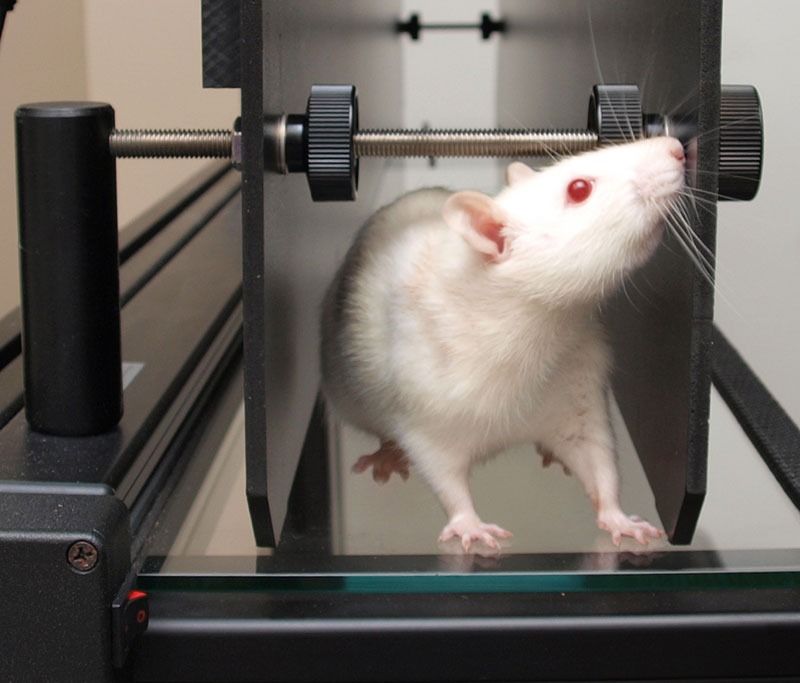
In conclusion, proper handling techniques are crucial for ensuring the welfare of laboratory animals. Choosing the appropriate technique based on research needs improves animal welfare and enhances research quality. The type of handling and familiarization to the experimenter will have an effect of behavioral tests and is therefore crucial to consider and document when performing behavioral research.
References
1. Cloutier, S.; LaFollette, M.R.; Gaskill, B.N.; Panksepp, J.; Newberry, R.C. Tickling, a Technique for Inducing Positive Affect When Handling Rats. JoVE J. Vis. Exp. 2018, e57190, doi:10.3791/57190.
2. Segelcke, D.; Talbot, S.R.; Palme, R.; La Porta, C.; Pogatzki-Zahn, E.; Bleich, A.; Tappe-Theodor, A. Experimenter Familiarization Is a Crucial Prerequisite for Assessing Behavioral Outcomes and Reduces Stress in Mice Not Only under Chronic Pain Conditions. Sci. Rep. 2023, 13, 2289, doi:10.1038/s41598-023-29052-7.
Related Posts
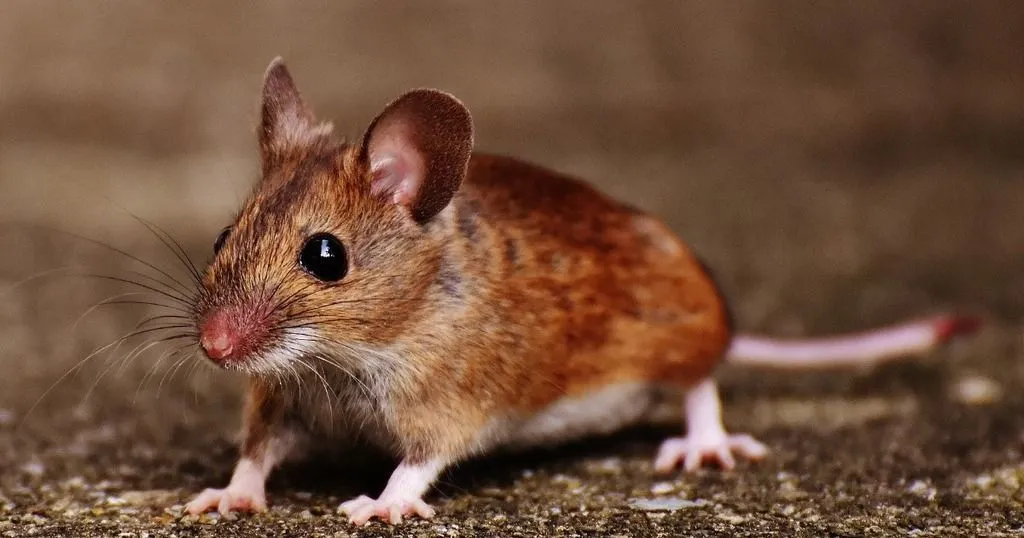
Why it doesn’t seem fair to prefer male mice in behavioral studies
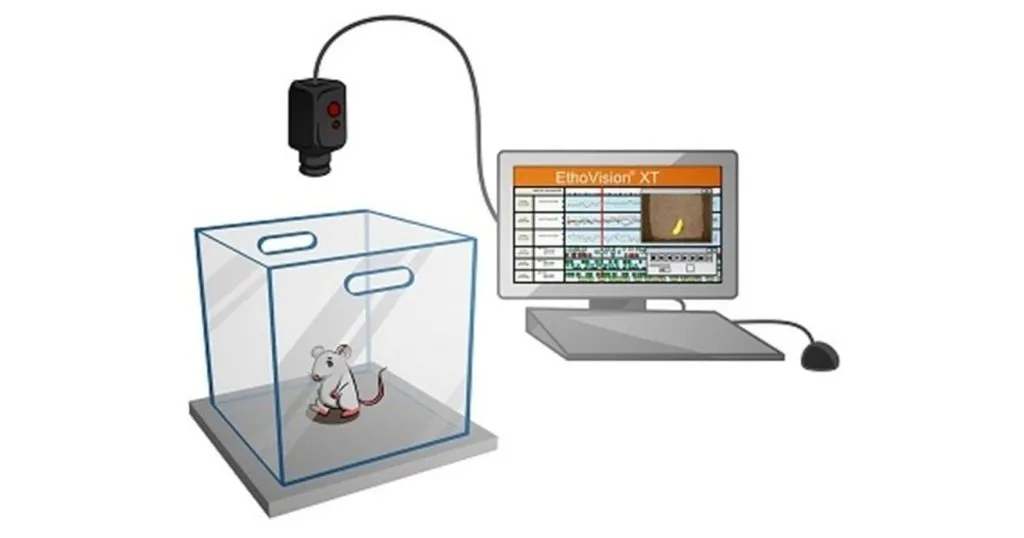
EthoVision XT and the open field test

